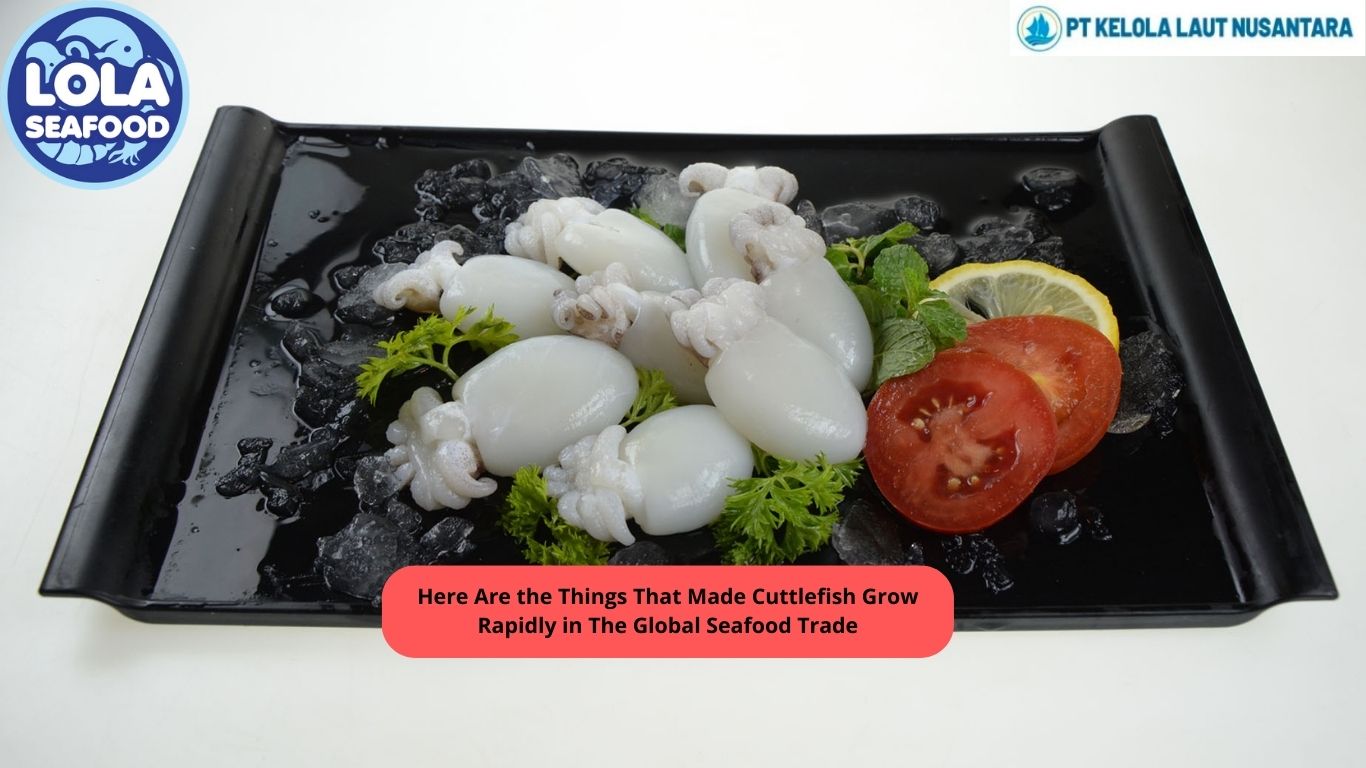LEATHERJACKET
By. Najih - 06 May 2024.jpg)
Leatherjacket (Oligoplites saurus) has a sandpaper-like leathery skin and a spin on its head which can inflict pain on the object it stings. Before cleaning and gutting the fish, the fish will be stripped of its leathery skin, exposing another layer of silky-smooth skin.
Several features set Leatherjackets apart from other fish species, these include: a small mouth with beak-like teeth, rough sometimes sandpaper like skin, small gill openings, and a single serrated spine on the top of the head that fits neatly into a groove. Most Leatherjackets are considered opportunistic feeders and readily feed on many different items including algae, crustaceans, molluscs, fish and polychaete worms.
The leatherjacket is found in inshore waters, typically along sandy beaches, inlets, and bays. It sometimes enters estuaries and other freshwater bodies and prefers turbid conditions. Leatherjackets for large, quick moving schools that are often observed leaping out of the water. Juvenile leatherjackets have been reported floating at the surface with heads down and bent tails in a “leaf-mimic” type of position.
The body is strongly compressed and elongate. The posterior portion of the upper jaw reaches the rear edge of the eye and the snout is moderately pointed. The eyes are small. The dorsal and anal spines are connected to venomous glands. The bases of the anal and second dorsal fins are approximately equal in length. The pectoral fins are shorter than the length of the head. The caudal peduncle is slender with an inconspicuous keel on each side. The lateral line is slightly arched over the pectoral fin and straight afterwards with small scales imbedded in the skin. The skin is corrugated with numerous short longitudinal ridges giving this fish a leathery appearance, from where it gets the common name “leatherjacket”.
Leatherjackets have a mild flavour, very similar taste to chicken, with a hint of sweet oceanic flavour. Fillets are usually boneless, trunks usually have the backbone left in and can be cooked this way or made into cutlets. This fish can be prepared in a variety of ways including steaming and grilling.
|
Nutrition value per 100g |
Energy 350(85 calories) |
.jpg)
 (1).png)


.jpg)
.jpg)
.jpg)

 (3).png)